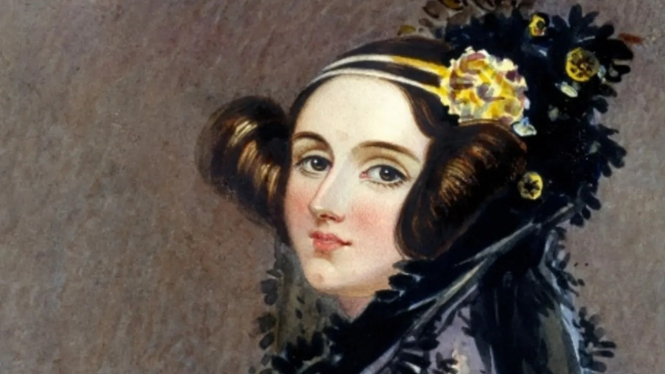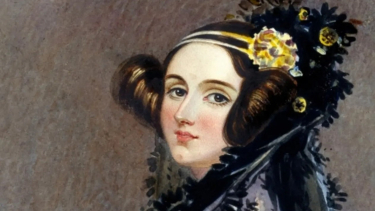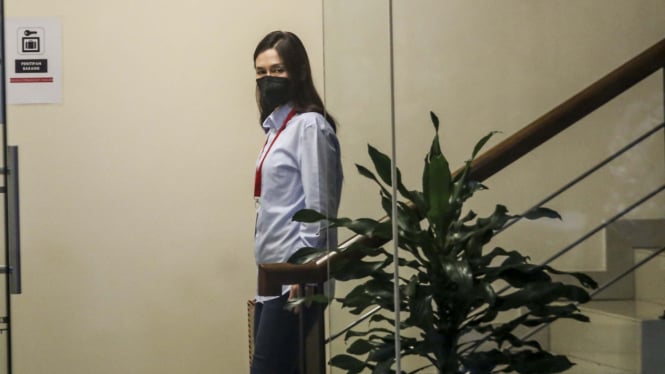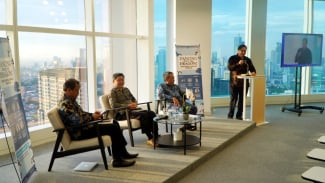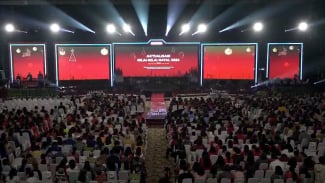Story of Ada Lovelace, the First Computer Programmer
- Getty Images
VIVA – Ada Lovelace was a computer science pioneer whose contributions in the early 1840s provided mathematicians and inventors with the foundation needed to advance computing technologies. She also was credited with making the world’s first computer program, 100 years before the first computer was created.
She also correctly predicted the future possibilities of computers including for creating music and graphics. As a woman, Lovelace was barred from formal study and relied on tutors and mentors to develop her skills.
Her legacy has also been subject to misogyny, as some historians have challenged her abilities and claimed Lovelace didn’t possess the mathematical prowess she claimed. In recent years, however, new insight from her writings has found that Lovelace indeed deserves her spot in history.
Lovelace was born in England to Lord and Lady Byron. Her father was a poet and her mother a mathematician. But Lord Byron was not a good father. Even when he was only one month old, Lovelace was abandoned by his father with another woman.
Ada lovelace, programmer komputer pertama di dunia
- Wikipedia Common
In order not to follow her father's nature, Lady Byron encouraged her to study math and science. She believed that rigorous study would keep her away from the romantic and moody traits of her father. Lovelace showed a natural aptitude for the subjects.
After studying bird anatomy and the suitability of various materials, the young girl illustrated a plan to create a winged flying device before moving on to thoughts of powered flight.
"I had a scheme for making something in the shape of a horse with a steam engine on the inside designed to drive a pair of very large wings, mounted on the outside of the horse, in such a way as to carry it into the air while someone sat on its back," she told her mother.
She married William King in 1835 and became Countess of Lovelace three years later when William was made an Earl.
Then, Lovelace met a young mathematician and engineer named Charles Babbage when she was 17 years old. Lovelace was fascinated by the ideas of the father of computers, especially his plans for a machine to handle complex calculations called an analytical engine.
Babbage was so impressed with Lovelace that he asked her to translate an article about analytical machines written by an Italian engineer.
For example, the fundamental relationship of pitched sounds in the science of harmony and musical composition is susceptible to (mathematical) expression and adaptation where the machine can compose complex and scientific musical works of one degree of complexity or another.
Lovelace died of cancer in 1852 at the age of 36. She left behind an impressive legacy. Ada Lovelace Day is held on the second Tuesday in October every year and is an international celebration of the achievements of women in STEM.
